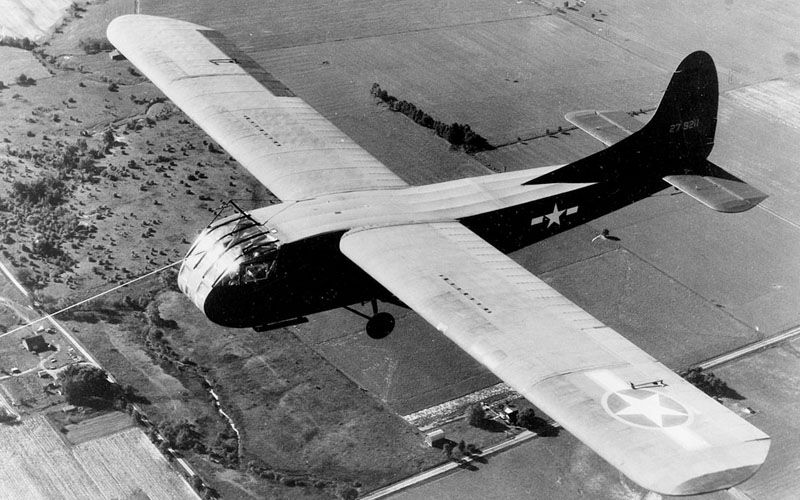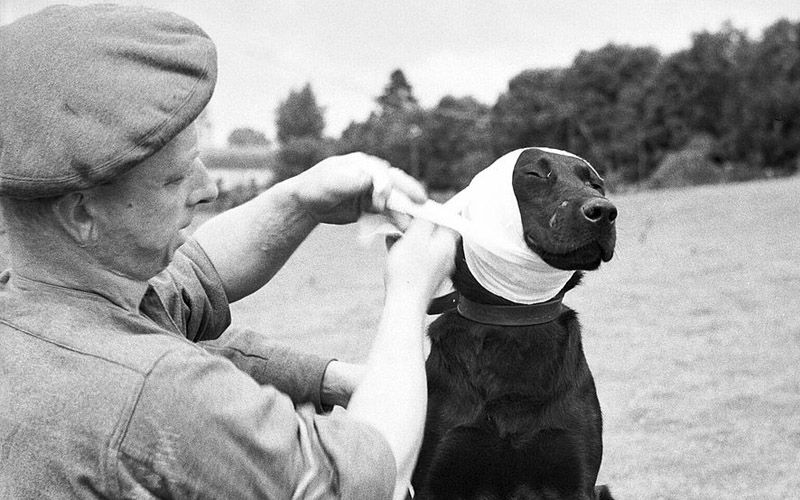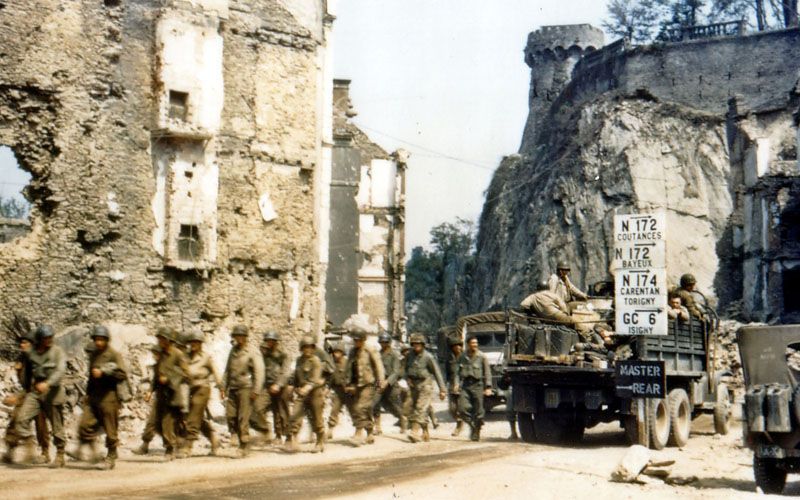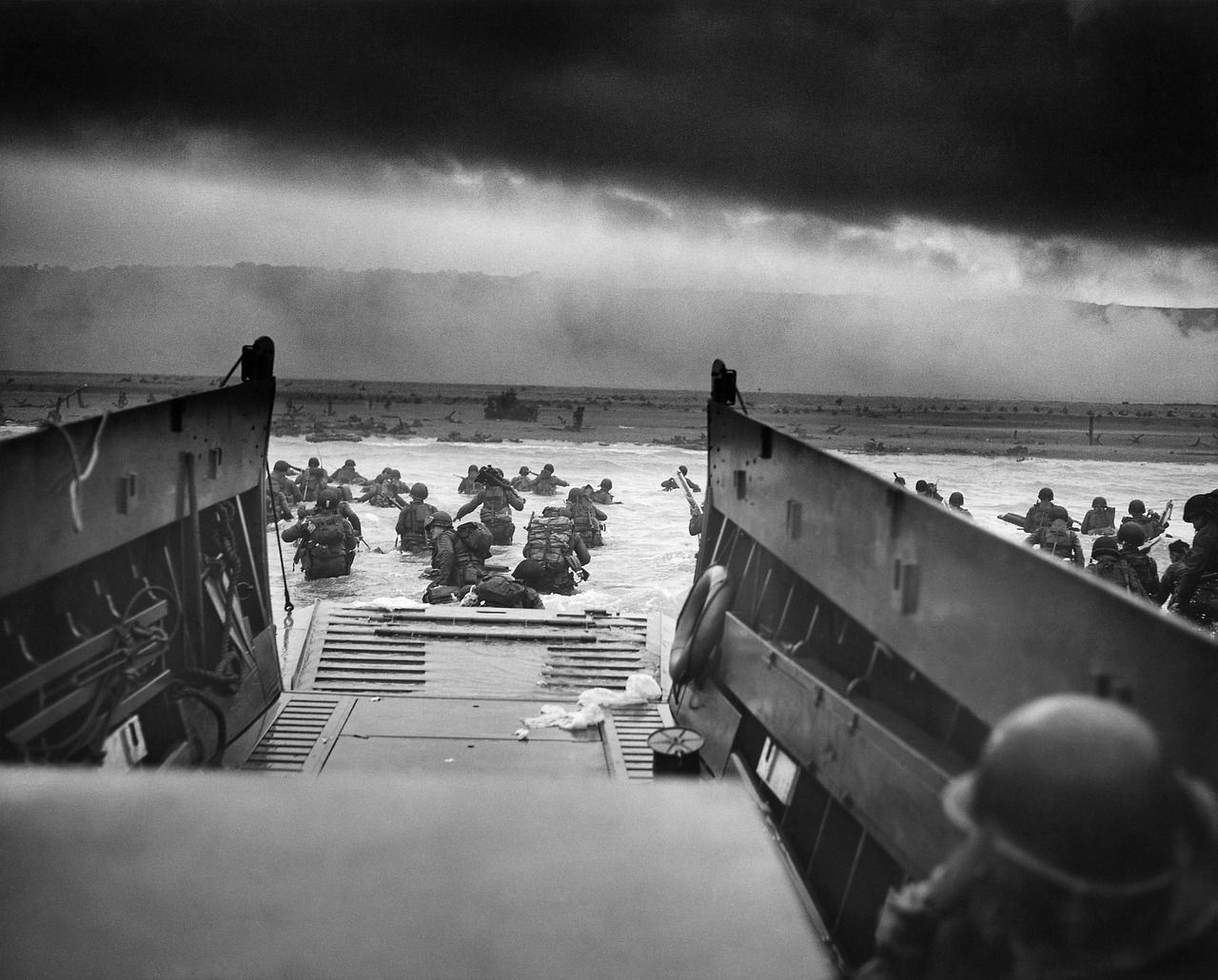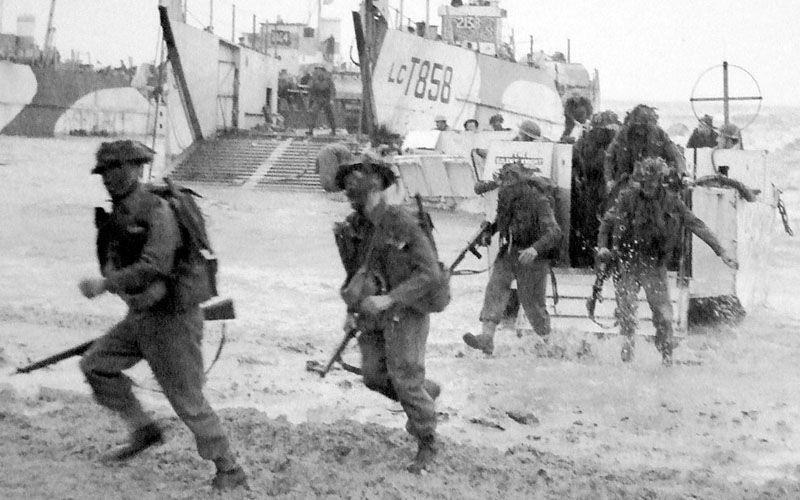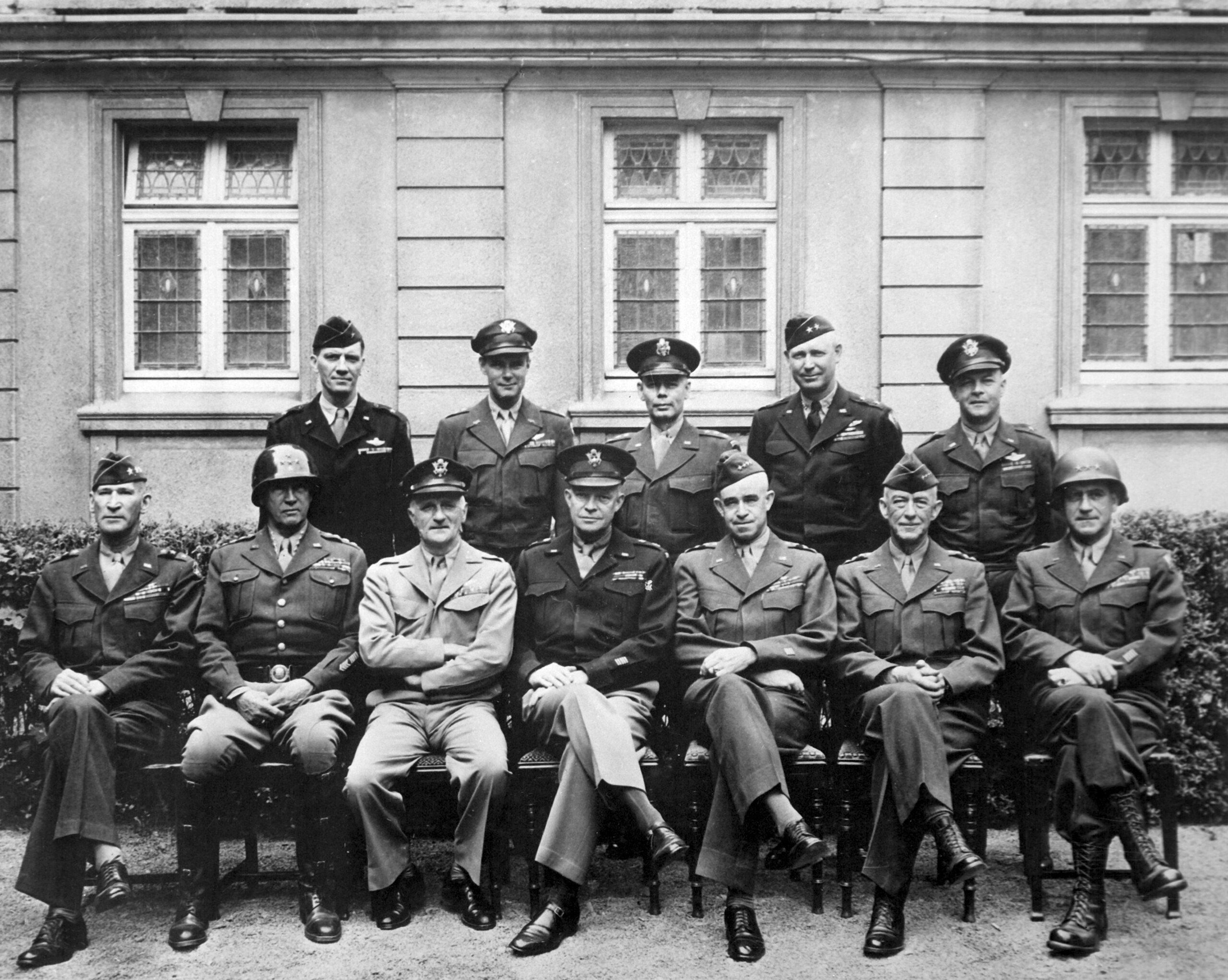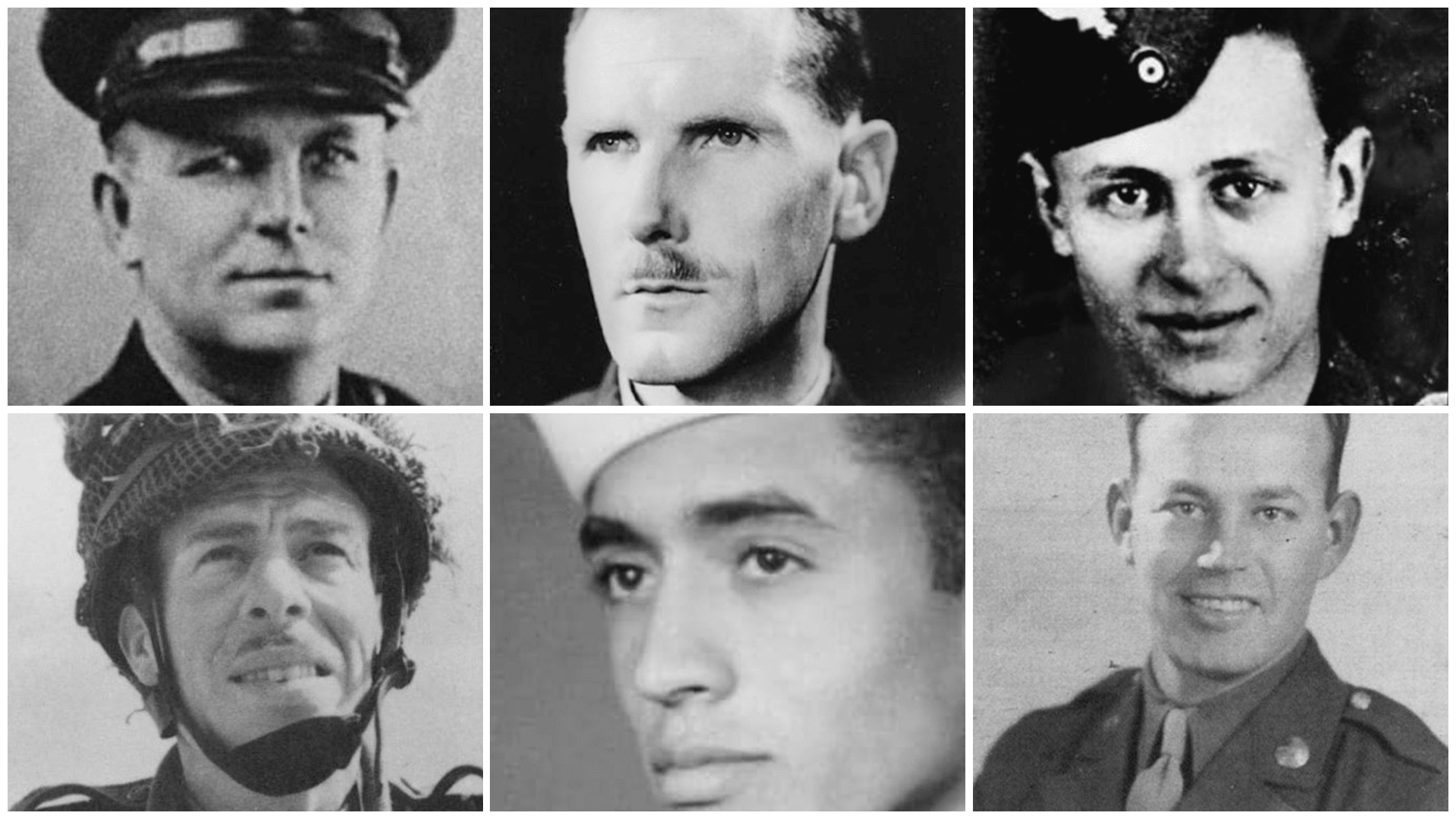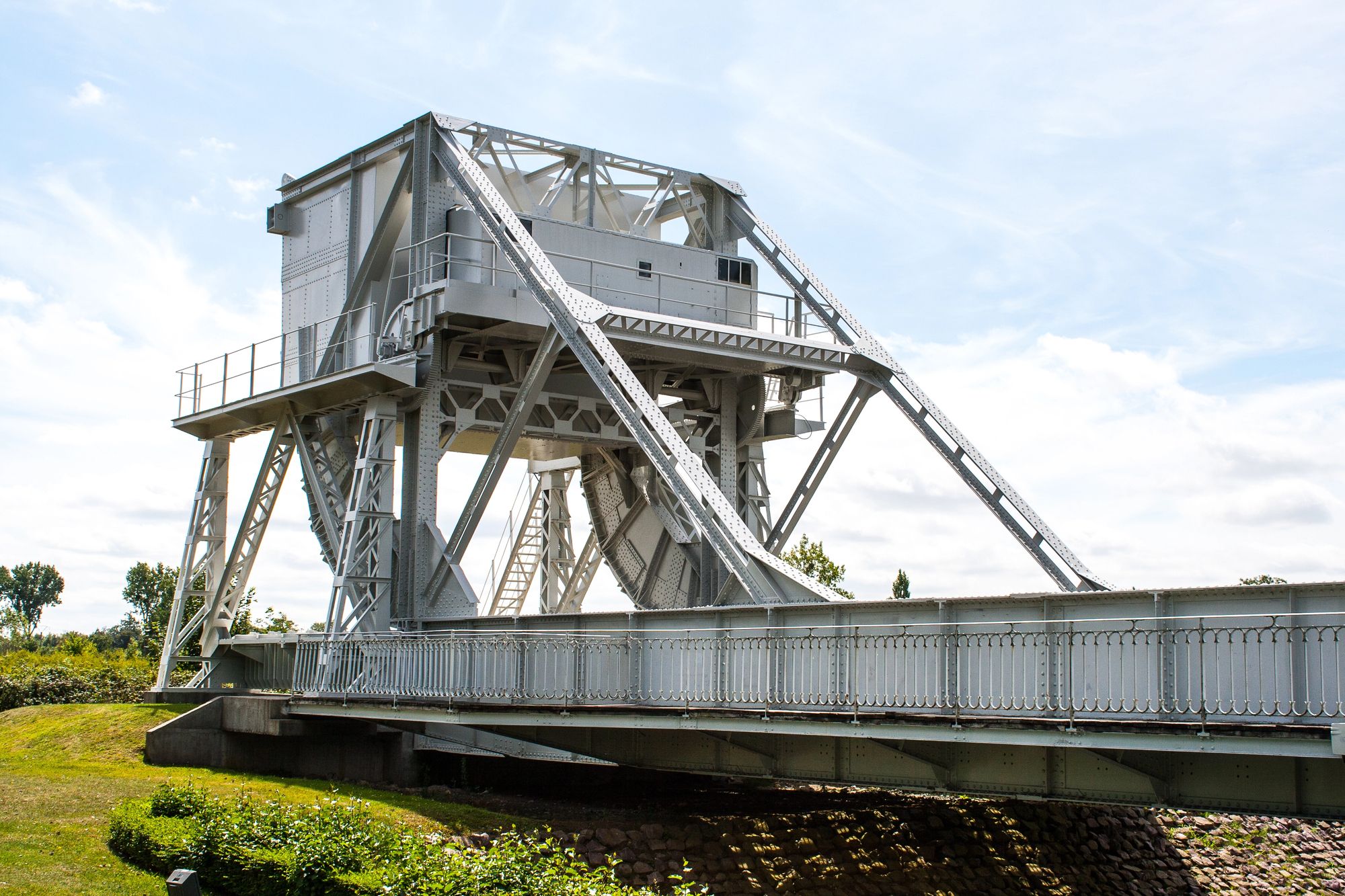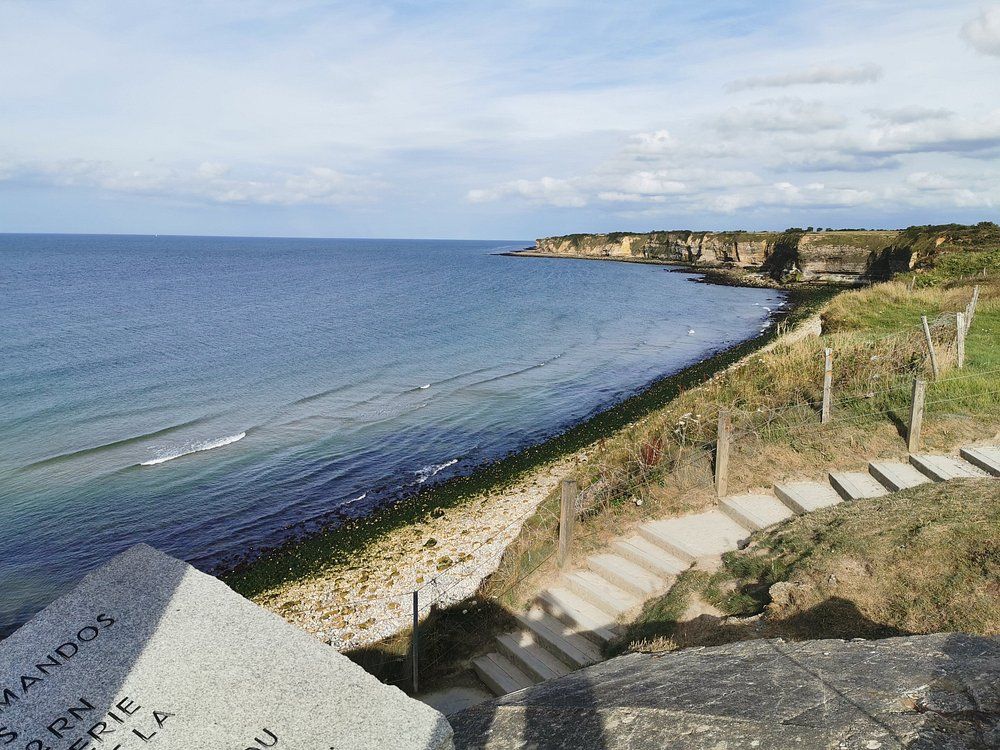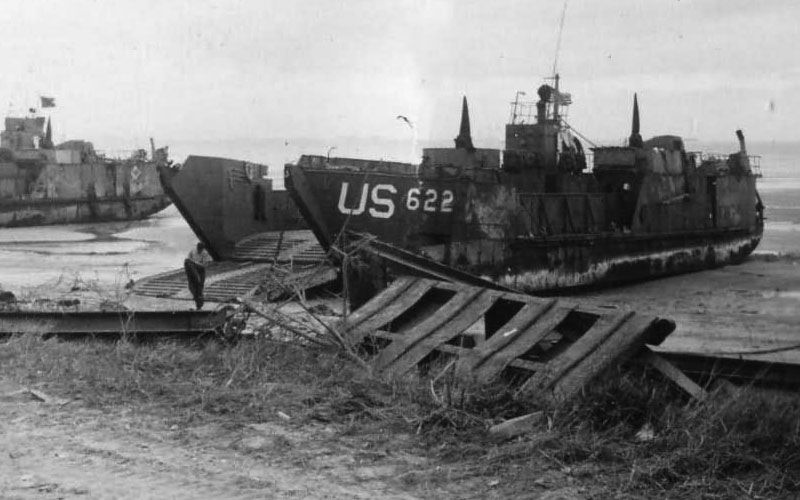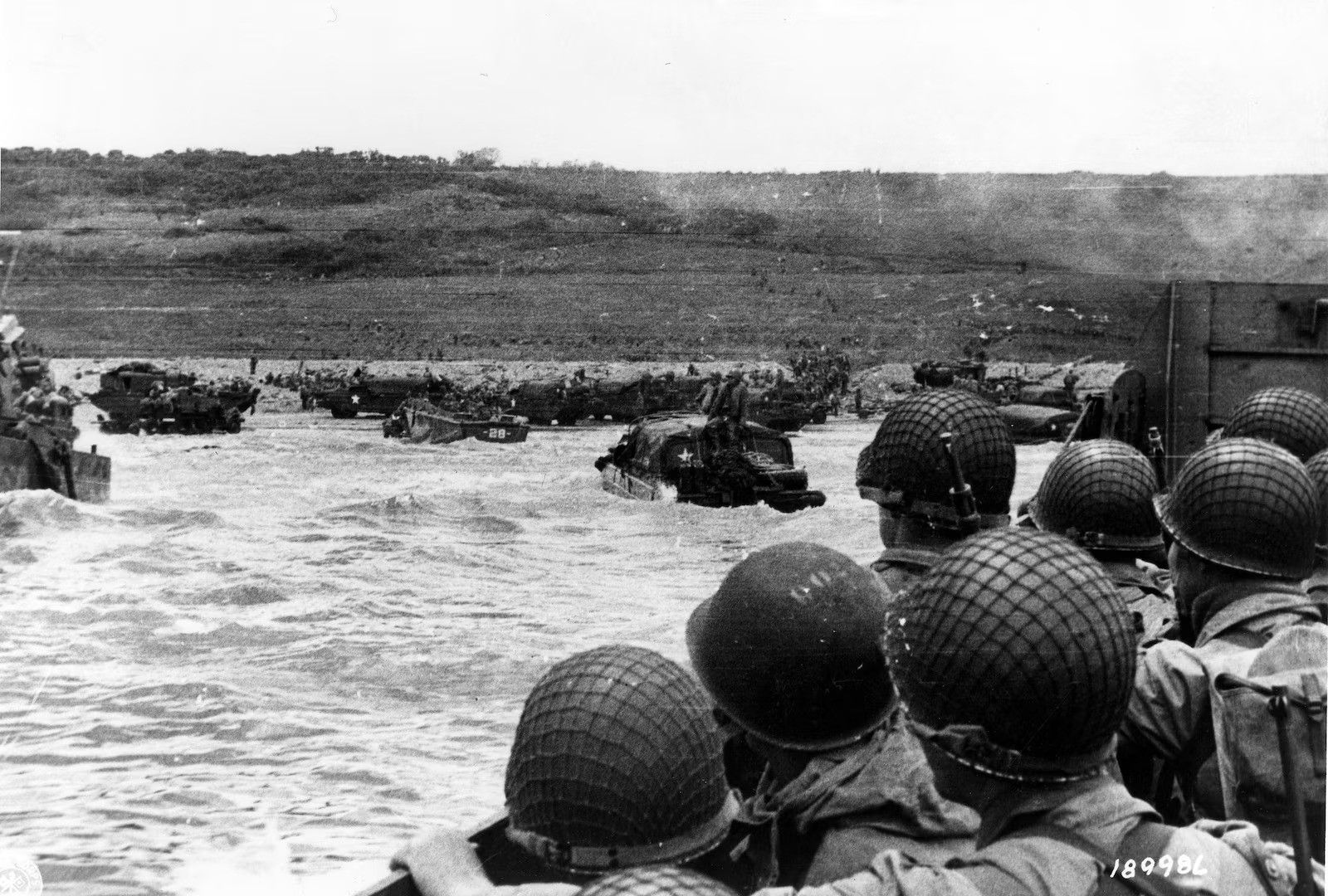Today gliders are a recreational pursuit and you can even watch in awe as aerobatic gliders stun the crowds at air shows. During the Second World War, however, gliders were used by both the Germans and Allies to deliver soldiers and equipment to the battlefield. Were it not for the courage and skill of the British and American glider pilots on D-Day, the Battle of Normandy may have taken a different turn.
It takes extreme bravery to enter a war zone, behind enemy lines, in an aircraft that has no power of its own and is made from predominantly of wood or canvas. That’s exactly how some British and American forces went into battle on D-Day and in the days that followed. The skill of the pilots and the tenacity of the troops they carried played a key role in the early days of the Battle of Normandy, and in subsequent battles to liberate Europe.
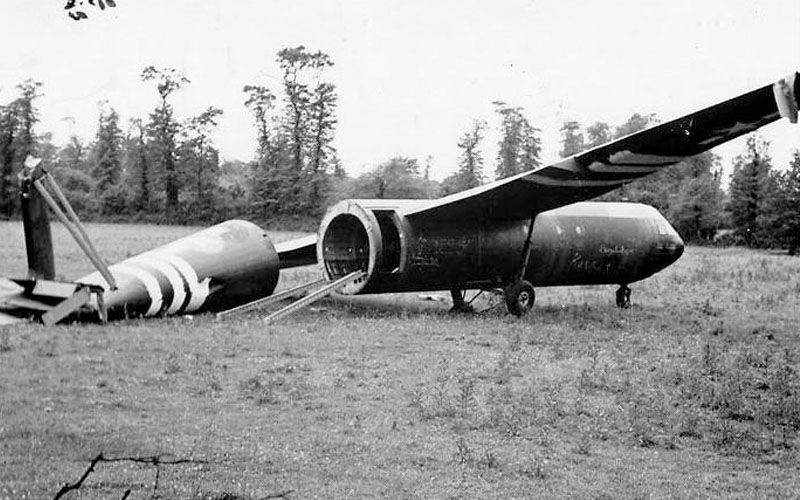
The development of the glider was due in part to the Treaty of Versailles after World War I. Under the under the terms of the Treaty, Germany was prohibited from constructing certain types of aircraft, and as a result designers looked the practical development of unpowered aircraft. The Germans, and later the Russians, invested much time and energy in glider aircraft for military use, and by 1934 there were 57,000 licensed glider pilots in the Soviet Union alone. Germany was, in fact, the first country to use gliders for a military purpose.
In May 1940, forty-one gliders towed behind Junkers Ju 52 aircraft were able to deliver ten troops per glider in an operation to capture the bridges over the Albert Canal at Veldwezelt, Vroenhoven and Kanne and the Eben Emael fortress during the Battle for Belgium. Ten gliders landed on the grassed roof of the fortress, and within just twenty minutes of landing the German invaders had neutralized the fortress. The British, American and Japanese became quickly aware of the methods that had been used in the raid, which was much vaunted by Adolf Hitler, and by mid-1940 both the Japanese and the British had active glider programs.
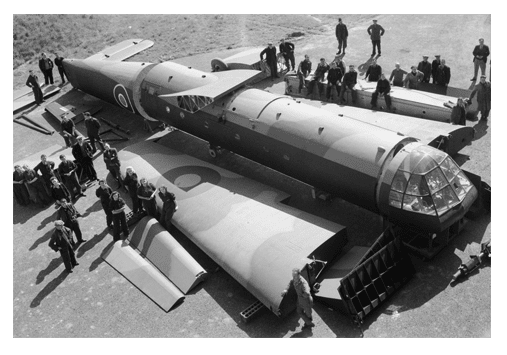
By 1944, the workhorses of the Allied glider fleets came in the shape of the British Airspeed Horsa and General Aircraft Hamilcar, and the American Waco.
The British-designed Airspeed Horsa glider was manufactured almost entirely of wood and made of over 30 separate components. As well as being built by Airspeed the components were also manufactured by furniture makers such as Harris Lebus and various other contractors. Even Austin Motors became a manufacturer of components. Parts were transported to RAF maintenance units where they were finally assembled.
The Horsa could carry 25 troops plus a crew of two. Alternatively, a six-pounder gun and its tow jeep plus the gun crew could be accommodated. Around 3,800 Horsas in total were built, with around 300 being used by American forces.
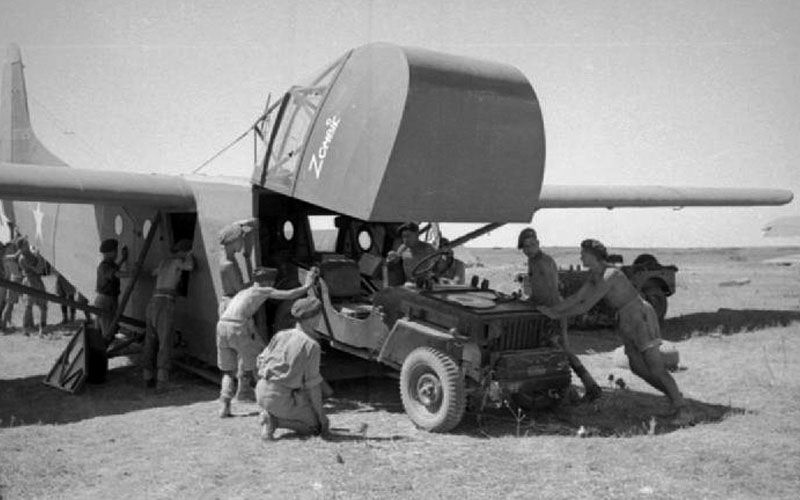
The first prototype of General Aircraft’s GAL 49 Hamilcar glider flew on 27th March 1942. It was a much larger aircraft than the Horsa or the CG-4A and subsequently had a better payload capacity. The Hamilcar could carry either 60 troops or a light tank, such as a Tetrarch or M22 Locust. Alternatively, it could accommodate a 17-pounder anti-tank gun with towing vehicle, a 25-pounder howitzer with towing vehicle or 2 universal carriers. Its size did have some drawbacks, however. Almost always towed by a Halifax bomber, it had a tendency to break its towline. It was also more vulnerable to anti-aircraft fire, especially on final approach.
The USAAF was initially interested in purchasing around 140 of the gliders for transporting construction equipment for airfields in the Far East theatre, but due to problems which plagued the building and delivery of the Hamilcar. The first 40-50 gliders were originally intended to be completed by the end of 1941 but this was not actually achieved until early 1944. The Americans elected to cancel their order, and as such the British were the only ones to use this type of glider on D-Day, albeit in relatively small numbers.
The American-designed Waco glider, named the “Hadrian” by the British, was much smaller than either the Horsa and Hamilcar. Due to its size it had the advantage of being able to land in smaller areas than the Horsa. The Waco was constructed of a welded tubular fuselage with canvas covering, with wings sheathed in thin plywood.
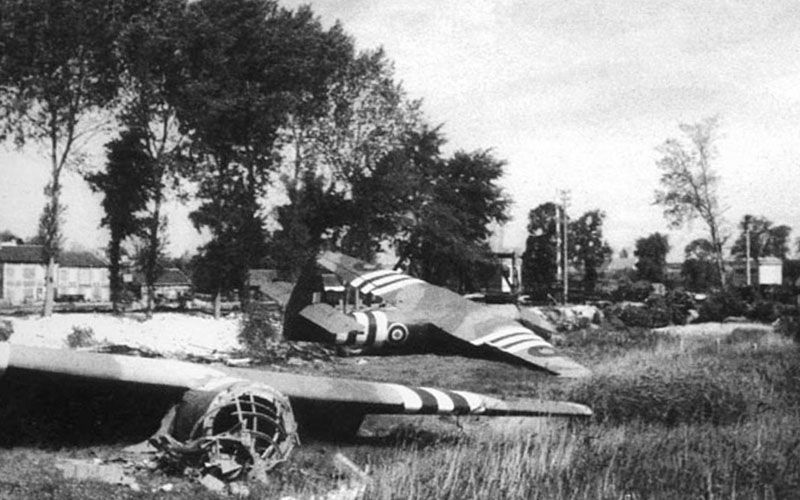
At 48ft in length and with a wingspan of 83ft, the CG-4A could carry 13 troops with equipment, or a jeep or a 75mm howitzer. The payload area was made more easily accessible by the nose and cockpit being hinged. One of the few safety features on any glider, the Waco had a cable that was tethered to any wheeled cargo, such a jeep. Upon landing, should the vehicle slide forward inside the glider, the cable would lift the hinged cockpit upwards to the unloading position – hopefully saving the flight crew from injury or worse.
The CG-4A first flew in May 1942 and around 14,000 were constructed across 16 different American factories. Waco themselves built 1,074 units, whilst the Ford Motor Company built the most – with 4,190 being constructed at their Kingford, Michigan plant. The unit cost for CG-4As built by Ford was around $15,000 and around $20,000 for those built by Waco. However, the sixty gliders built by the Babcock Aircraft Company in Florida cost the US Government $51,000 each – whilst the National Aircraft Corporation of Indiana managed to charge $1.7m dollars for the single Waco glider they constructed.
Never before in history had any nation produced aviators whose duty it was to crash land, and then go on to fight as combat infantrymen. They were no ordinary fighters…They were the only aviators during World War II who had no motors, no parachutes, and no second chances.
- General William C. Westmoreland, U.S. Army – Retired
On the evening of 5th June 1944 and in the subsequent hours, C-47 Skytrains (or “Dakotas” to the British) along with Armstrong Whitworth Albemarles and converted Handley Page Halifax bombers and adapted to be glider tugs, took off from bases around England. British and American troops would be landed to support the first waves of paratroopers at the eastern and western flanks of the invasion area.
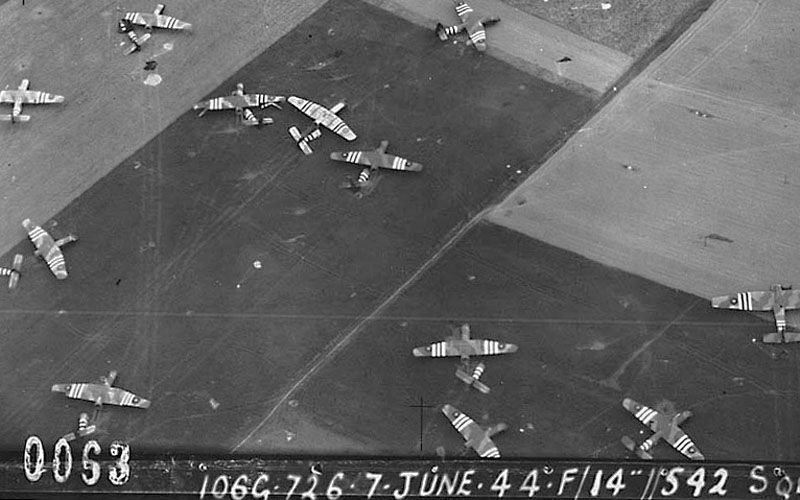
Probably the most famous element of the glider assault was the British Operation Deadstick, part of the larger Operation Tonga. Deadstick was the coup de main assault on the bridges over the Orne River and Caen Canal between the small villages of Benouville and Ranville. A total of six gliders were assigned this task, carrying men of the Oxfordshire & Buckinghamshire Light Infantry (the “Ox & Bucks”) and a party of Royal Engineer sappers.
Taking off from the Dorset airfield of RAF Tarrant Rushton they were towed across the Channel by Halifax bombers. The gliders were released from their tug aircraft just after midnight. The first glider to land at the Caen Canal bridge, piloted by Staff Sergeant Jim Wallwork, landed at 00:16 just meters from the Bridge – the glider’s nose crashing through the barbed wire of the German defenses.
Only two of the three gliders assigned to the Orne River bridge reached their target, landing at 00:20. The third glider, badly of course, landed 12km away in the Bois de Bavent.
Both assaulting forces captured their targeted bridges within minutes. Reinforced during the night by paratroopers of the 7th parachute battalion, the soldiers were able to hold both bridges until troops from Sword Beach arrived later in the day.
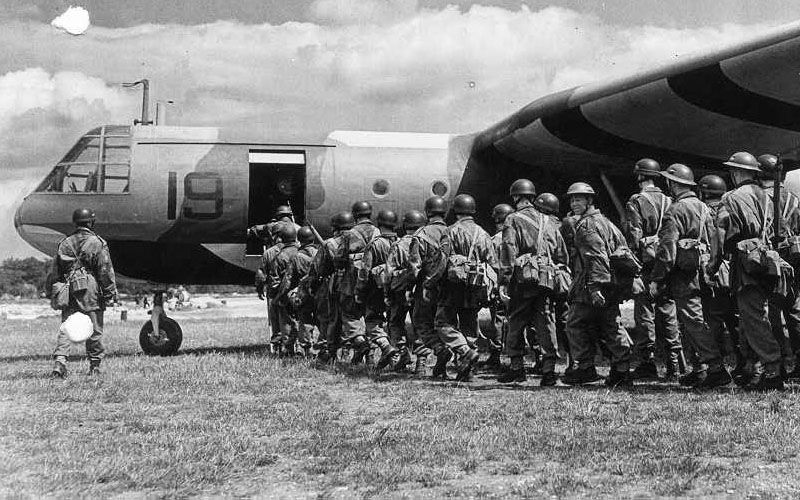
Operation Tonga saw British gliders land in force in the area around Caen in support of the initial airborne landings of the 6th Airborne Division, with more than 300 Horsas and over 30 Hamilcars on French soil by nightfall. In the American sector, reinforcements and support elements of the 82nd and 101st Airborne Divisions were delivered by Waco and Horsa gliders during the 6th June to support the paratroopers who had landed in the early hours of D-Day on the Cotentin Peninsula. At 0119hrs, 52 CG-4A gliders were pulled aloft from Aldermaston airfield in England destined for Landing Zone E in Normandy under the auspices of Mission Chicago. Ten minutes later, a further 52 gliders took off from Ramsbury for Mission Detroit, destined for Landing Zone O.
During the evening and the following morning, many more American troops would be delivered to the battlefield in a combination of several hundred CG-4A and Horsa gliders. and though many gliders were badly damaged casualties were lighter than had been feared. Although designed to be re-usable, 97% of the gliders were eventually scrapped in-situ.
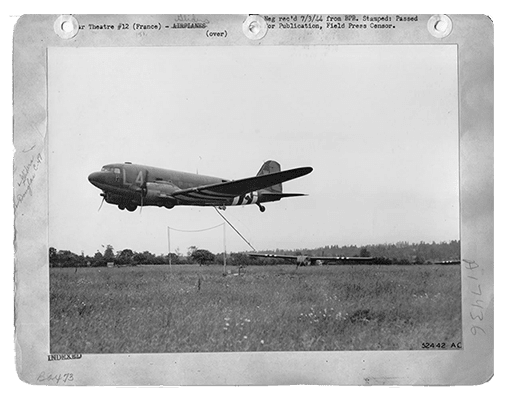
If landing in a glider was a somewhat daunting experience, glider recovering must have been only marginally less so. You may recall the scene from the James Bond film Thunderball where Sean Connery and Domino Vitali are deliberately whisked into the air at the end of a long cord by an overflying modified B-17 aircraft. This was not a piece of cinema make-believe, but rather a project known as “Skyhook” or more fully the “Fulton STARS” (Surface-To-Air-Recovery-System).
A similar principal was adopted during the Second World War for recovery of CG-4A gliders. Two stanchions placed 20ft apart were erected some distance in front of the glider with a loop of nylon tow-wire placed between them. Specially equipped C-47 aircraft would fly in low – to an altitude of approximately 20 feet – so a pick-up hook to snag the tow wire.
Once the hook engaged the pick-up loop, the pilot would increase power whilst cable on a motor-driven, energy absorbing drum inside the fuselage of the C-47 unspooled more nylon cable. Enough tension was maintained to start pulling the glider along the ground until it reached take-off speed. The process was fast, but just slow enough to prevent the glider from being torn apart.
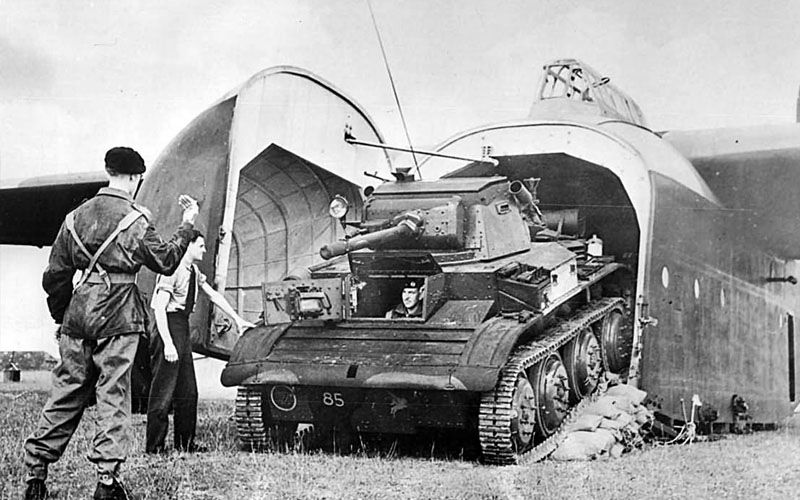
In Normandy, eleven glider pilots of the 437th Troop Carrier Group were tasked with preparing the retrieval of gliders from the invasion. They discovered that none of the Horsas and only 13 Wacos were suitable for the snatch method, with the remainder either too damaged or located in areas with too many trees. The 13 suitable gliders in Normandy were snatched on 25th June and returned to England.
However, during Operation Market Garden and later in Germany, glider snatching was far more successful. In March 1945, two CG-4A gliders landed near Remagen bridgehead in Germany. Fitted with stretchers, the snatch process was used to recover some seriously injured American and German soldiers.
Other aircraft and glider combinations were employed in trials, and even the much larger and heavier Horsa glider could be recovered using the snatch technique.
Unlike their sturdier wartime contemporaries made from concrete or steel, the intended limited operational lifespan and relatively fragile construction of Second World War gliders means surviving examples today are somewhat limited.
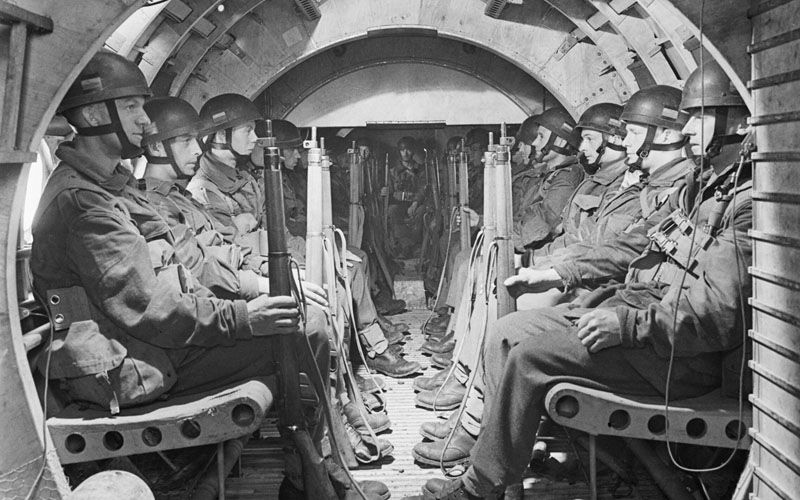
At the Memorial Pegasus in Ranville there is a full-size replica of a Horsa glider and was inaugurated for the 60th Anniversary of D-Day in June 2004 by HRH The Prince of Wales. British glider pilot Jim Wallwork sat with the Prince in the cockpit and praised the accuracy of the reproduction.
There is also a section of original fuselage on display at the museum. Although only around 20 feet in length it does allow visitors to see how the wooden fuselage was constructed – and brings home how vulnerable both the pilots and passengers of these aircraft really were.
In the UK, a Mark II Horsa (KJ351) is preserved at the Museum of Army Flying at Middle Wallop. An organization called the Assault Glider Trust started to build a full-sized replica of a Horsa at RAF Shawbury using templates made from original components found scattered over various European battlefields and using plans supplied by BAE Systems under the proviso that the glider must never be flown. Unfortunately, the Trust seems to no longer be functioning and the Horsa (along with a CG-4A they were building from donated parts) is in storage at RAF Cosford and not currently viewable by the public.
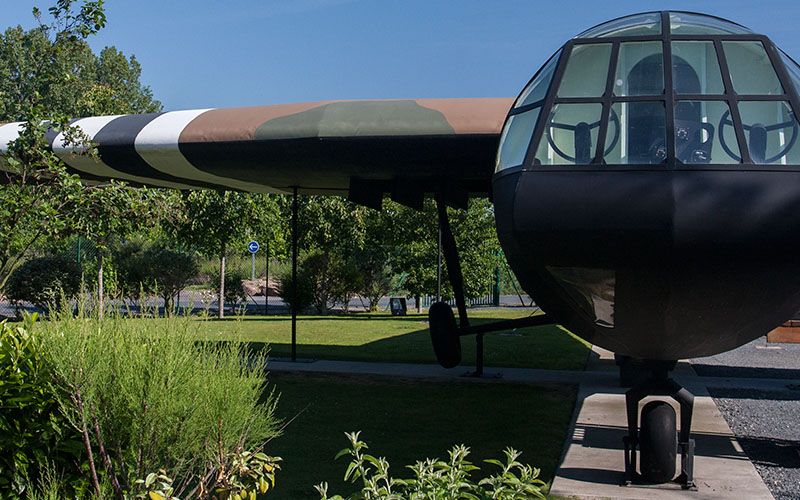
Sadly, no complete examples of a Hamilcar glider survive, although a significant proportion of the fuselage of Hamilcar TK777 is preserved at the Museum of Army Flying at Middle Wallop. There is also a section of the fuselage of TK718 on display with a Tetrarch tank at the Bovington Tank Museum, however, the section of fuselage is in very poor condition.
Following the war, many Wacos that remained in the United States were declared surplus and sold. Some were sold for their wood, still in their original packing cases, whilst some sections of fuselage were used as towed camping homes or small cabins. Despite this, however, there are many examples of the Waco still viewable today, including two in Normandy and four in England. There are more than a dozen at different aviation museums across the United States.
In Normandy, there is a complete CG-4A in Saint-Mére-Èglise at the Musée Airborne. It is the centerpiece of a parachute-shaped exhibition room, and visitors are able to walk through the aft section of the aircraft which has been fitted out with uniformed mannequins. A short drive away at Saint-Côme-de-Mont, the D-Day Experience also have the forward section of a Waco glider. Their example has the outer skin removed, revealing skeletal framework beneath. Behind the cockpit seats is a jeep, illustrating what a tight fit it was.

